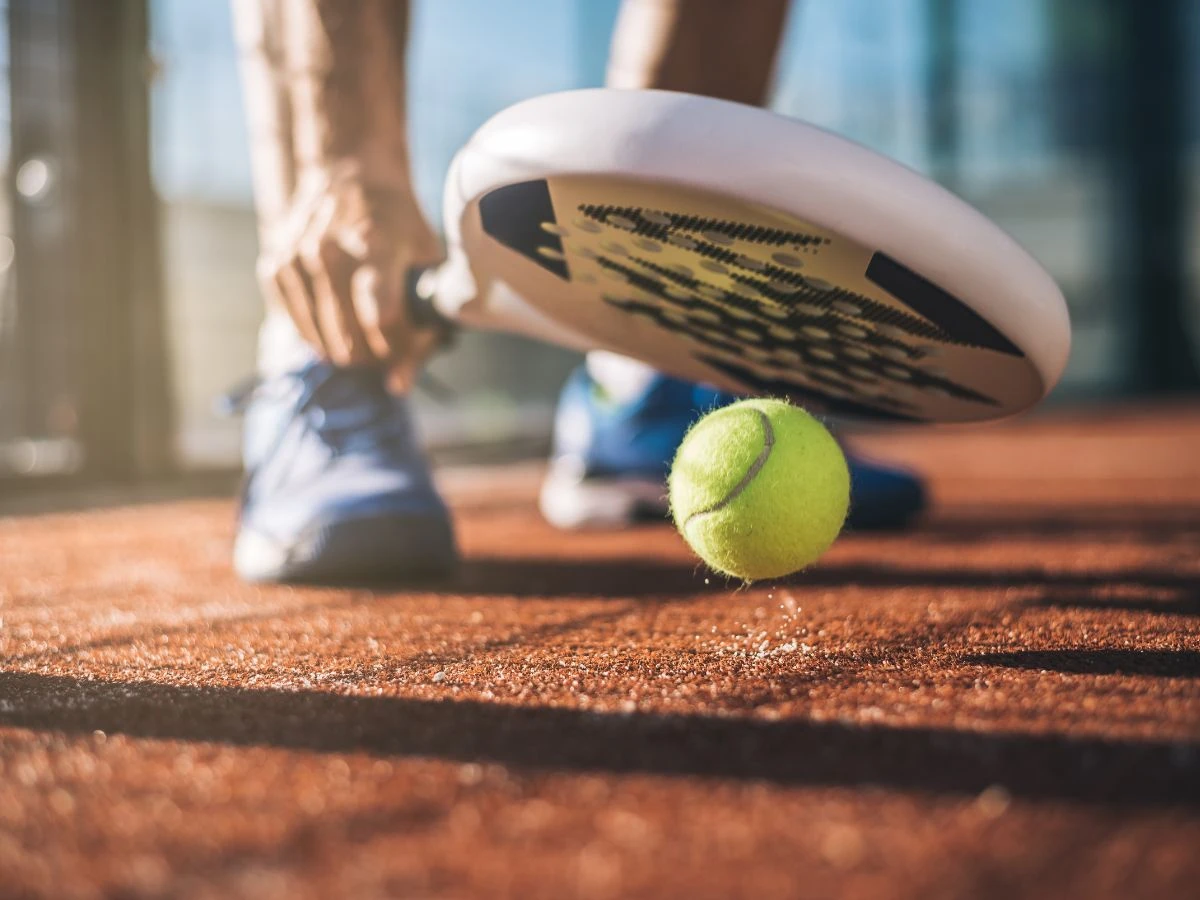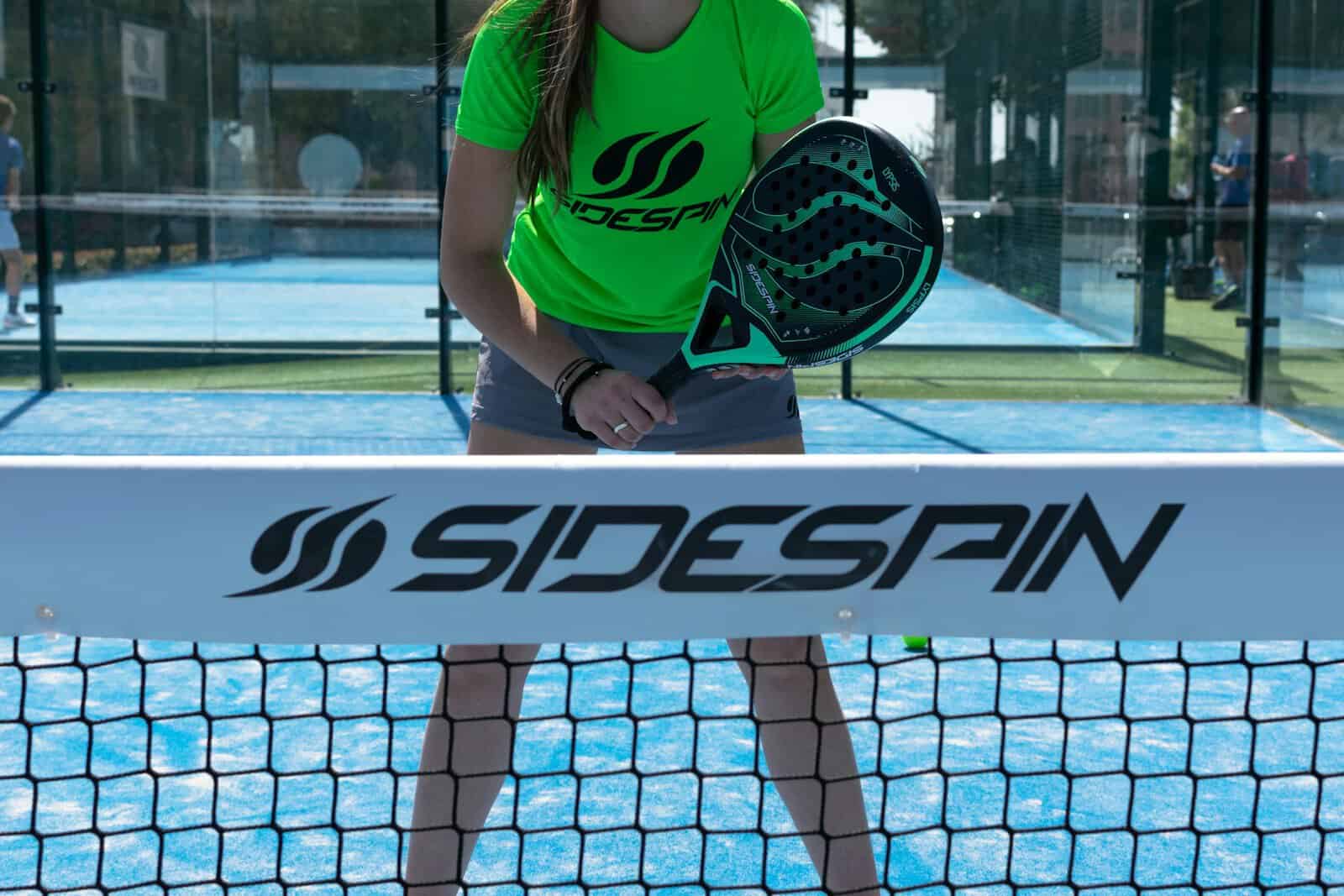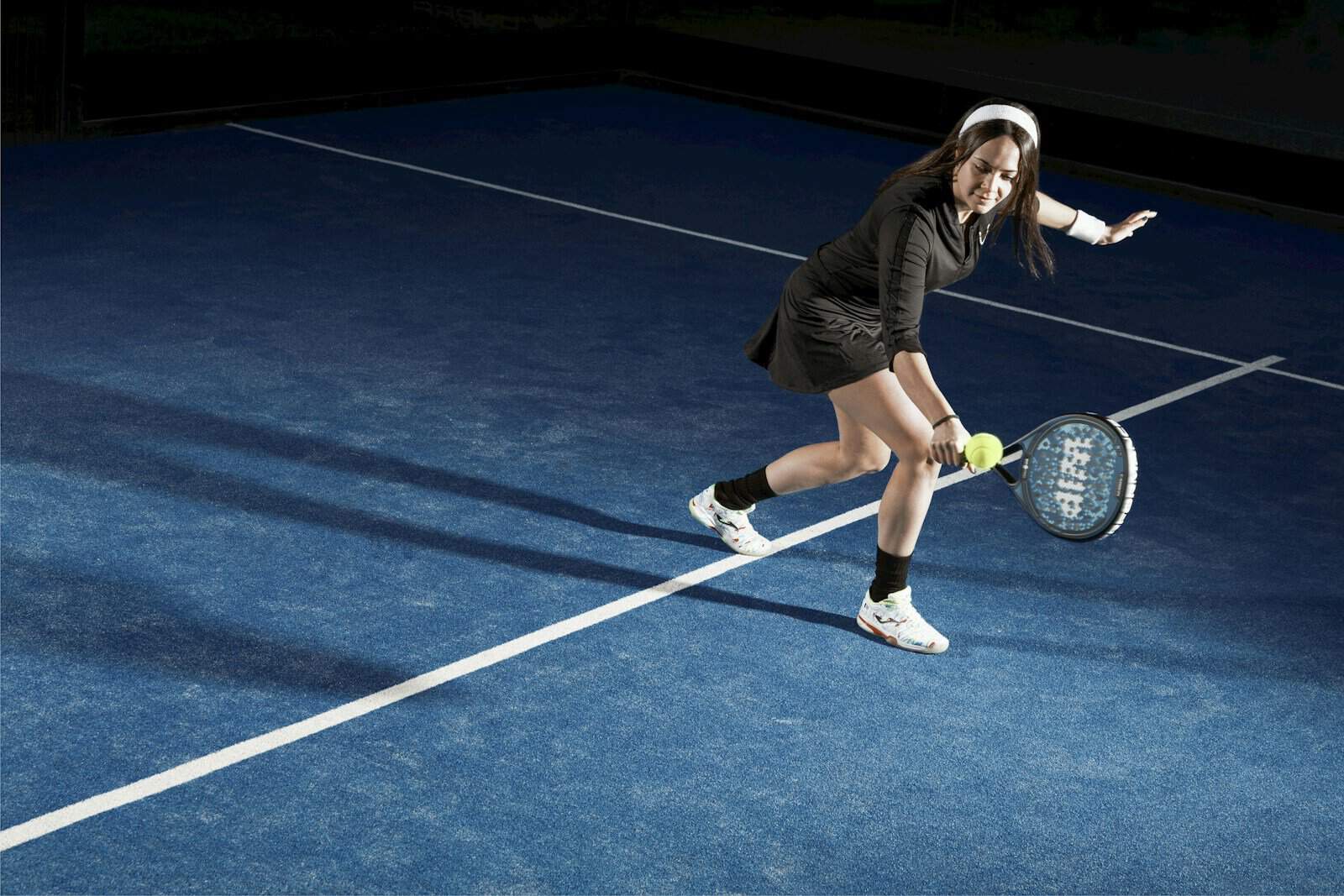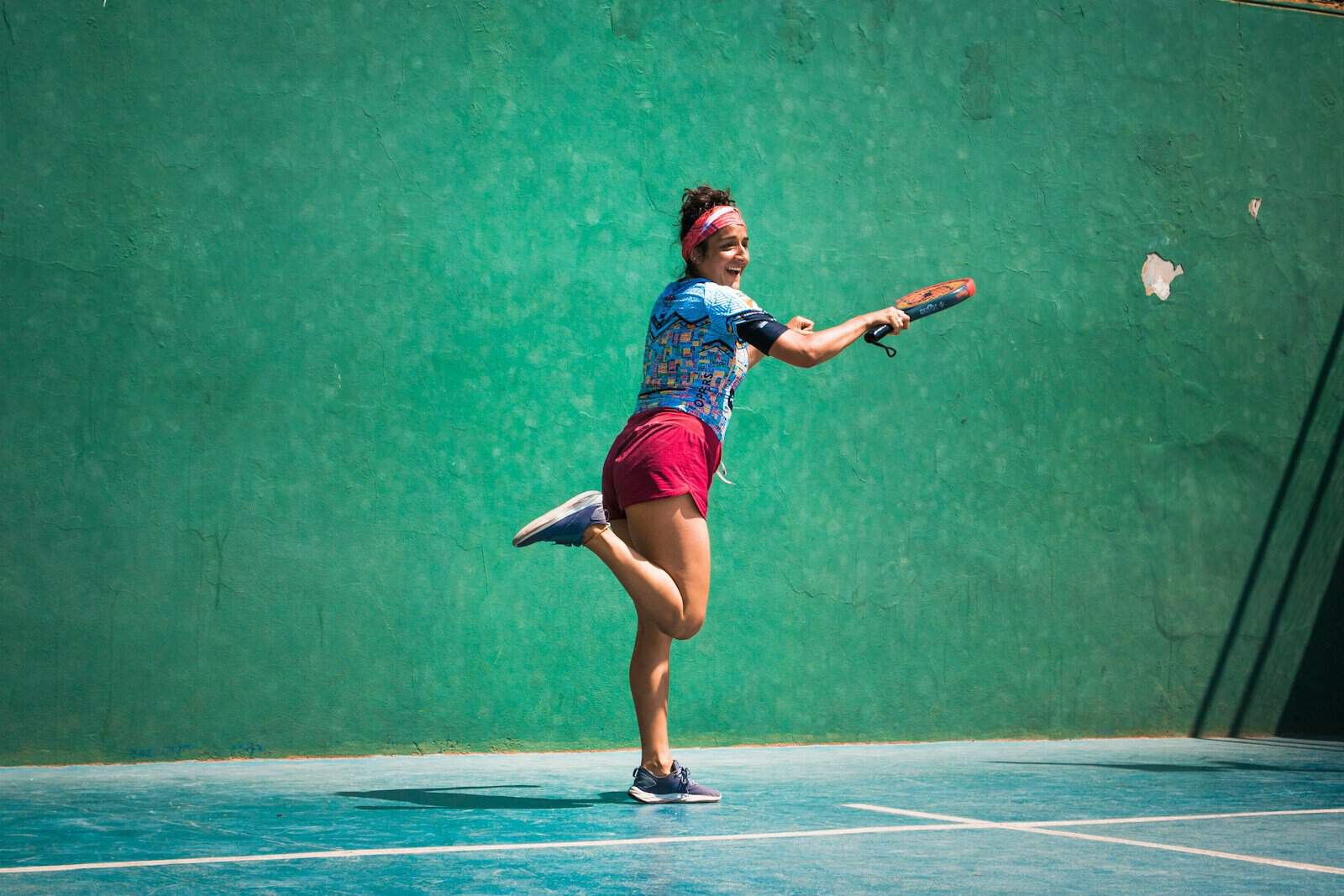Padel and paddle tennis are two sports that often confuse people due to their similar names. While they share some features, these racquet sports have key differences that set them apart.
Padel is played on a smaller court with walls, while paddle tennis takes place on a larger, open court without walls. This difference in court design leads to unique gameplay styles for each sport. Padel emphasizes longer rallies and strategic play, using the walls, whereas paddle tennis is faster-paced and more direct.
The equipment used in these sports also differs. Padel racquets are solid and perforated, while paddle tennis racquets have strings. Scoring systems vary, too, with padel using a simplified tennis-like system and paddle tennis often played to 11 or 21 points. Understanding these distinctions can help you choose which sport might better suit your interests and playing style.
Essential Differences Between Padel and Paddle
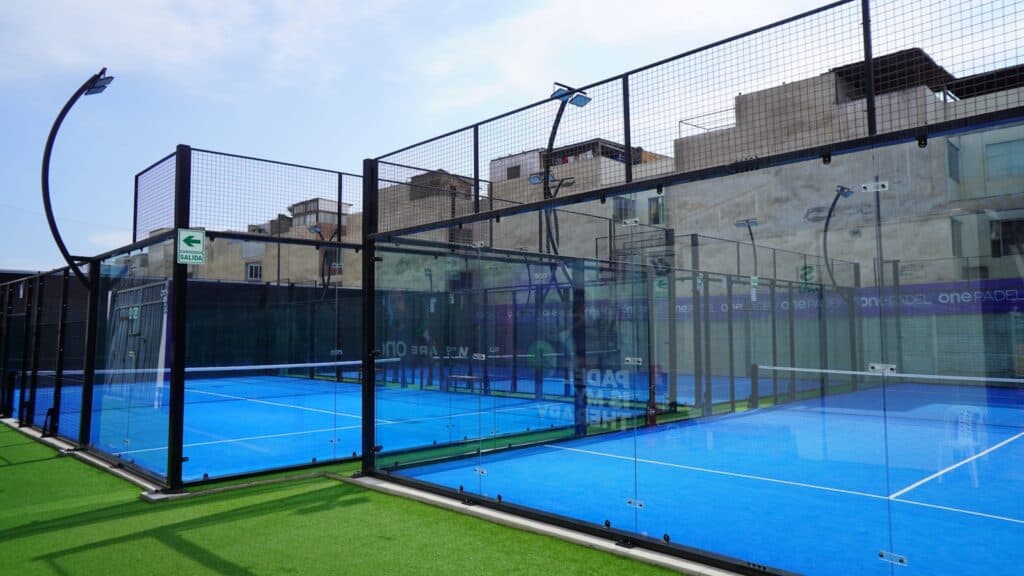
Padel and paddle tennis are two distinct racquet sports with unique characteristics. Despite their similar names, these sports have notable differences in their origins, court designs, and gameplay.
Overview of Padel and Paddle Tennis
Padel is a fast-growing sport that blends elements of tennis and squash. It is played on an enclosed court with glass walls. The racquet is solid and perforated, without strings. Paddle tennis, on the other hand, is played on an open court. It uses a perforated paddle and a depressurised tennis ball.
Padel is more popular in Europe and Latin America. Paddle tennis has a stronger following in the United States. Both sports offer a fun, social experience but with different rules and techniques.
Historical Origins and Evolution
Padel was born in Acapulco, Mexico, in 1965. Enrique Corcuera created it by adapting his squash court. The sport quickly spread to Spain and then to other parts of Europe and South America.
Paddle tennis has older roots, dating back to the early 1900s in the US. It was designed as a compact version of tennis for city dwellers with limited space. Over time, paddle tennis evolved and gained popularity in various regions.
Today, padel is growing rapidly, especially in countries like Spain and the UK. Paddle tennis has a steady following but hasn’t seen the same explosive growth as padel.
Court Design: Padel vs Paddle
The court design is a key difference between padel and paddle tennis. Padel courts are enclosed by glass walls, measuring 20m x 10m. You can play shots off these walls, adding a unique dimension to the game.
Paddle tennis courts are open, similar to tennis courts but smaller. They typically measure 15.24m x 6.10m. The surface is usually made of asphalt or concrete, sometimes covered with sand.
Padel nets are slightly lower than tennis nets. Paddle tennis nets are even lower, standing at just 80cm high at the centre. These design differences greatly impact gameplay and strategy in each sport.
Equipment and Gameplay
Padel and paddle tennis have distinct gear and playing styles. Let’s explore the key differences in equipment, techniques, and rules that set these sports apart.
Rackets, Balls, and Other Gear
Padel rackets are solid and perforated, without strings. They’re shorter and thicker than tennis rackets, made of carbon fibreCarbon fibres are a material commonly used in the construction of high-quality padel rackets. This … More or fibreglassFibreglass is another material used in the construction of padel rackets. It’s often used in combi… More. Paddle tennis rackets are solid, often wooden or composite, with a shorter handleThe Handle of a padel racket is the part that players grip. It’s typically covered with an overgri… More.
Padel uses pressureless balls, similar to tennis balls but with less bounce. Paddle tennis employs depressurised tennis balls.
Both sports require non-marking shoes. Padel courts have glass walls, while paddle tennis courts may have fencing.
Playing Styles and Technique
Padel favours strategic gameplay and longer rallies. You’ll use the walls for creative shots, adding a unique dimension to your play.
Paddle tennis is faster-paced, focusing on quick reflexes and power. You’ll need to master volleys and groundstrokes.
Both sports emphasise control over power. In padel, you’ll use softer touches and angled shots. Paddle tennis requires precise placement and spinSpin refers to the rotation of the ball that affects its trajectory and bounce. In padel, different … More.
Rules of the Game
Padel serves are underhand and below waist level. The ball must bounce once before crossing the netThe Net in padel is the barrier that divides the court into two halves. It’s lower than a tennis n… More. You can play off the walls after the bounce.
Paddle tennis serves are overhead. The ball must land in the diagonal service boxThe Service Box is the area of the court where the serve must land to be considered in play. It’s … More.
Scoring in both sports is like tennis: 15, 30, 40, game. Padel matches are typically best of three sets. Paddle tennis can be one pro-set or best of three.
In padel, you can’t touch the walls during play. Paddle tennis has no walls, so out-of-bounds rules apply.
Physical Aspects of Padel and Paddle
Padel and paddle tennis have distinct physical features that shape how you play each sport. The court sizes, layouts, and playing styles create unique experiences for players.
Court Size and Layout
Padel courts are smaller than traditional tennis courts, measuring 20 metres long and 10 metres wide. They’re enclosed by walls, which you can use during play. The netThe Net in padel is the barrier that divides the court into two halves. It’s lower than a tennis n… More divides the court in half.
Paddle tennis courts are larger, similar to tennis courts. They measure about 13.4 metres long and 6.7 metres wide. Unlike padel, paddle tennis courts don’t have walls. Instead, they use a fenceThe Fence in padel refers to the wire mesh that encloses the court, forming part of the boundary. Un… More to keep balls in play.
Both sports use a netThe Net in padel is the barrier that divides the court into two halves. It’s lower than a tennis n… More in the middle, but padel’s netThe Net in padel is the barrier that divides the court into two halves. It’s lower than a tennis n… More is slightly lower. This affects how you hit the ball and plan your shots.
Pace and Physical Demand
Padel is known for its fast-paced nature. The smaller court and use of walls create quick exchanges. You’ll need sharp reflexes and agility to react to balls bouncing off walls.
Paddle tennis is also quick but in a different way. The larger court means more ground to cover. You’ll do more running and need good stamina.
Both sports offer great exercise. They improve your hand-eye coordination, speed, and overall fitness. Padel might give you more short, intense bursts of activity. Paddle tennis could provide a more sustained workout.
Cultural and Social Impact
Padel and paddle tennis have made significant impacts on sports culture and social interactions. These racquet sports offer unique opportunities for players of all skill levels to engage in fun, competitive play while fostering community connections.
Popularity and Global Reach
Padel has seen a surge in popularity, becoming the world’s fastest-growing sport. It has spread from its origins in Mexico to gain a strong foothold in Spain and other European countries. You’ll find padel courts popping up in parks, sports clubs, and residential areas across the globe.
Paddle tennis, while not experiencing the same rapid growth as padel, maintains a dedicated following in certain regions. It’s particularly popular in the United States, where it originated.
Both sports have attracted celebrity players and endorsements, further boosting their visibility and appeal to new players.
Community and Social Play
Padel and paddle tennis excel at bringing people together. Their smaller court sizes and doubles format make them ideal for social play. You’ll often see friends and families enjoying friendly matches together.
These sports are great for beginners and experienced players alike. The learning curve is gentler than traditional tennis, allowing novices to quickly join in the fun. At the same time, there’s plenty of room for skill development and competitive play.
Many clubs organize regular social events and tournaments around padel and paddle tennis. These gatherings create a sense of camaraderie and community among players. You’ll have the chance to meet new people, improve your skills, and enjoy the social aspects of these engaging sports.
Formats and Competitive Play
Padel and paddle tennis have different competitive structures and match formats. The way tournaments are organised and games are scored varies between the two sports.
Match Types and Tournament Structure
In padel, matches are typically played in doubles format. You’ll often see teams of two competing against each other. Singles play is less common but does occur in some tournaments.
Padel competitions use various game formats. Some common ones include:
- Best of 3 sets to 6 games
- 2 sets to 6 games with a 10-point tiebreaker for the 3rd set
- Shorter formats like 2 sets to 4 games
FFT-approved competitions in 2023 use 9 different game formats. These range from full 3-set matches to quicker formats with decisive points.
Paddle tennis tournaments often follow a structure more similar to traditional tennis. You’ll find both singles and doubles events. Scoring usually mirrors tennis, with games, sets, and matches following familiar patterns.
Both sports host local, national, and international tournaments. Professional circuits exist for top players in each discipline.
Strategic Insights and Tactical Differences
Padel and paddle tennis require different approaches to gameplay. The court layouts and equipment influence how players strategise and execute shots.
Shot Selection and Strategy
In padel, using the walls is crucial. This aspect sets it apart from paddle tennis. You must plan your shots to take advantage of the walls, often aiming for tricky angles. Incorporating the walls into your strategy allows you to keep your opponent guessing and maintain control of the rally. Mastering basic padel techniques, such as positioning and timing, will help you anticipate how the ball will rebound off the glass. With practice, you’ll be able to turn defensive situations into offensive opportunities by cleverly utilizing the walls to your advantage.
Volleys are common in both sports, but in Padel, you’ll use them more frequently. You’ll need quick reflexes to handleThe Handle of a padel racket is the part that players grip. It’s typically covered with an overgri… More the fast-paced exchanges near the netThe Net in padel is the barrier that divides the court into two halves. It’s lower than a tennis n… More.
For paddle tennis, your strategy might focus more on power and placement. Without walls to rely on, you’ll aim to hit shots your opponent can’t reach.
SpinSpin refers to the rotation of the ball that affects its trajectory and bounce. In padel, different … More plays a role in both games, but it’s especially important in paddle tennis. You’ll use topspinTopspin is a type of spin where the ball rotates forward as it travels, causing it to dip quickly an… More and sliceA Slice is a shot where the player imparts backspin to the ball, causing it to skid low after bounci… More to control the ball’s trajectory, making it difficult for your opponent to returnIn padel, a Return is the shot made after receiving a serve. A strong return can immediately put pre… More.
In padel, precision is key. You’ll often aim for specific spots on the walls to create challenging returns for your opponents.
Choosing Your Sport
Picking between padel and paddle tennis depends on your preferences and what’s available near you. Both sports offer fun and excitement for racket enthusiasts.
Personal Preference and Accessibility
When deciding between padel and paddle tennis, think about what you enjoy most in a racket sport. Do you like enclosed courts or open spaces? Padel uses glass walls, while paddle tennis is played on an open court.
Consider your skill level too. Padel might be easier to learn if you’re new to racket sports. Its smaller court and use of walls make rallies last longer. Paddle tennis, on the other hand, could feel more familiar if you’ve played tennis before.
Availability is key. Check which sport is more common in your area. Padel is growing quickly worldwide, but paddle tennis might be more popular in some regions, especially in the US.
Think about your fitness goals. Both sports offer a good workout, but padel’s longer rallies might give you more constant movement. Paddle tennis could involve more sprinting and quick changes of direction.
Lastly, try both if you can! Many people find they enjoy elements of each sport. You might even discover you like switching between the two for variety in your racket sport routine.

